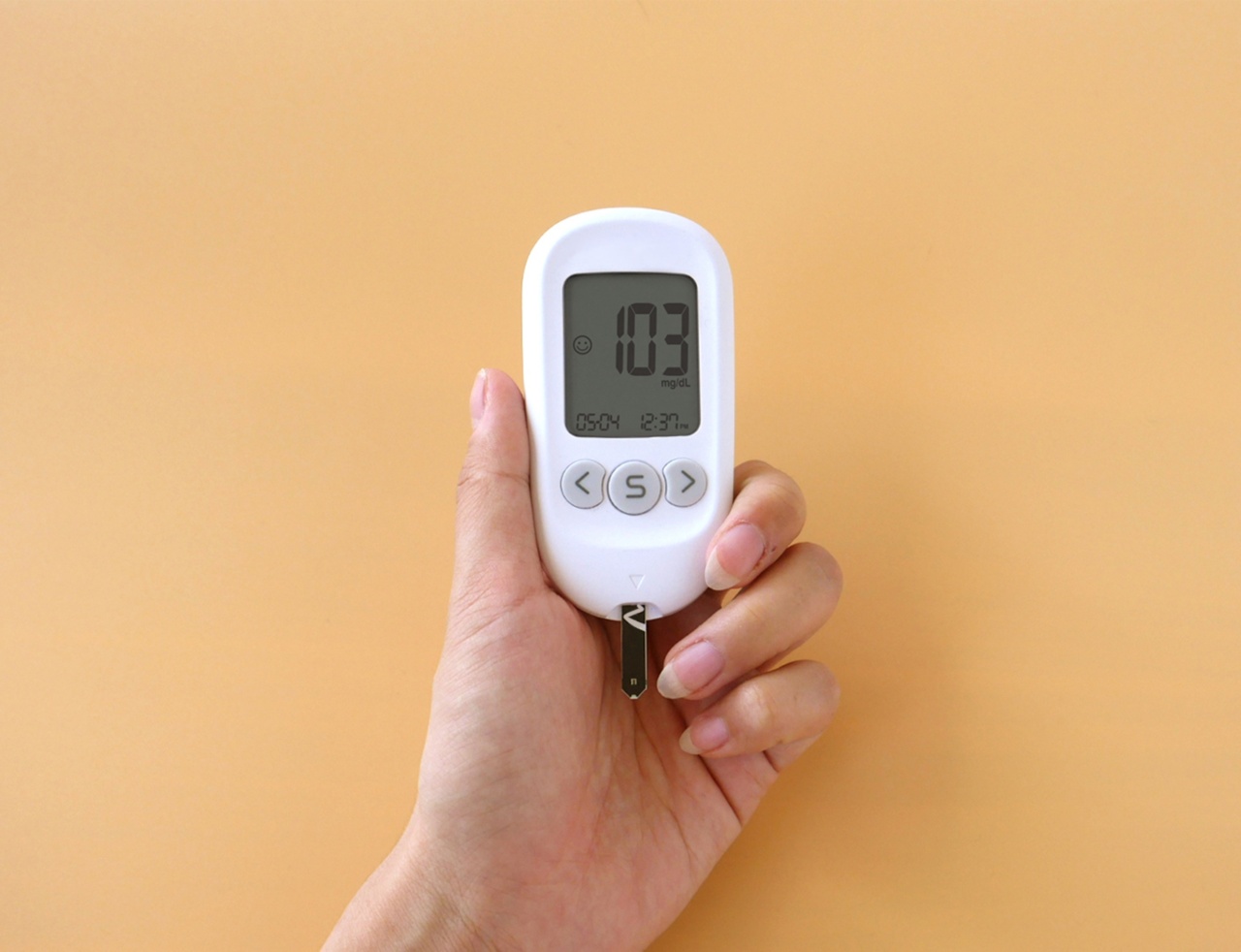Garlic, a member of the Allium (onion) family, has been used for cooking and medicinal purposes for thousands of years. It has been known for its numerous health benefits, including the ability to lower blood pressure.
This article will explore the benefits of garlic and how it can be used to lower blood pressure naturally.
What is High Blood Pressure?
High blood pressure, also known as hypertension, is a condition where the blood pressure in the arteries is consistently elevated. It is one of the most common health problems affecting millions of people worldwide.
It is important to keep blood pressure under control as high blood pressure can lead to heart attacks, strokes, and other serious health problems.
How Can Garlic Lower Blood Pressure?
Garlic contains a variety of compounds, including allicin, that are responsible for its health benefits. Allicin is a sulfur-containing compound that is released when garlic is crushed or chopped.
It is believed to be responsible for garlic’s potent anti-inflammatory and antioxidant effects.
Several studies have shown that the compounds in garlic can help lower blood pressure by relaxing the muscles in the walls of the blood vessels, allowing them to widen. This improves blood flow and reduces the pressure on the walls of the arteries.
Additionally, garlic has been shown to reduce the production of angiotensin II, a hormone that can cause blood vessels to narrow and increase blood pressure.
How Much Garlic Should You Take?
The amount of garlic needed to lower blood pressure is not yet clear. However, most studies have used garlic supplements that contain between 600-900 mg of garlic extract per day. This amount of garlic is equivalent to about four cloves of fresh garlic.
It is important to note that garlic supplements can interact with certain medications, so it is recommended to speak with a healthcare provider before taking any supplements.
Other Ways Garlic Can Benefit Your Health
Aside from its ability to lower blood pressure, garlic has numerous other health benefits. Some of these include:.
: Reduces Inflammation
Garlic has been shown to have anti-inflammatory properties that can reduce inflammation in the body. Chronic inflammation is linked to many chronic health conditions, including heart disease, cancer, and arthritis.
: Boosts Immune System
Garlic contains compounds that can boost the immune system, helping to fight off infections and illnesses. It has been shown to be particularly effective against colds and flu.
: Reduces Cholesterol Levels
Garlic has been shown to reduce cholesterol levels in the blood. It can help to lower LDL (bad) cholesterol and increase HDL (good) cholesterol.
: May Help Prevent Cancer
Some studies have suggested that garlic may have anti-cancer properties. It contains compounds that can help to prevent the growth and spread of cancer cells.
How to Add Garlic to Your Diet
Garlic is a versatile ingredient that can be used in a variety of dishes. Here are some ideas for adding garlic to your diet:.
- Add chopped garlic to soups, stews, and sauces
- Roast whole garlic bulbs and spread the soft garlic on bread or crackers
- Mince garlic and add it to salad dressings
- Sauté minced garlic with vegetables
- Make garlic butter to spread on bread or use as a sauce
The Bottom Line
Garlic is a healthy and delicious ingredient with numerous health benefits. It has been shown to lower blood pressure, reduce inflammation, boost the immune system, and more.
While garlic supplements can help to lower blood pressure, it is important to speak with a healthcare provider before taking any supplements. Adding garlic to your diet is a great way to enjoy its health benefits while adding flavor to your meals.






























